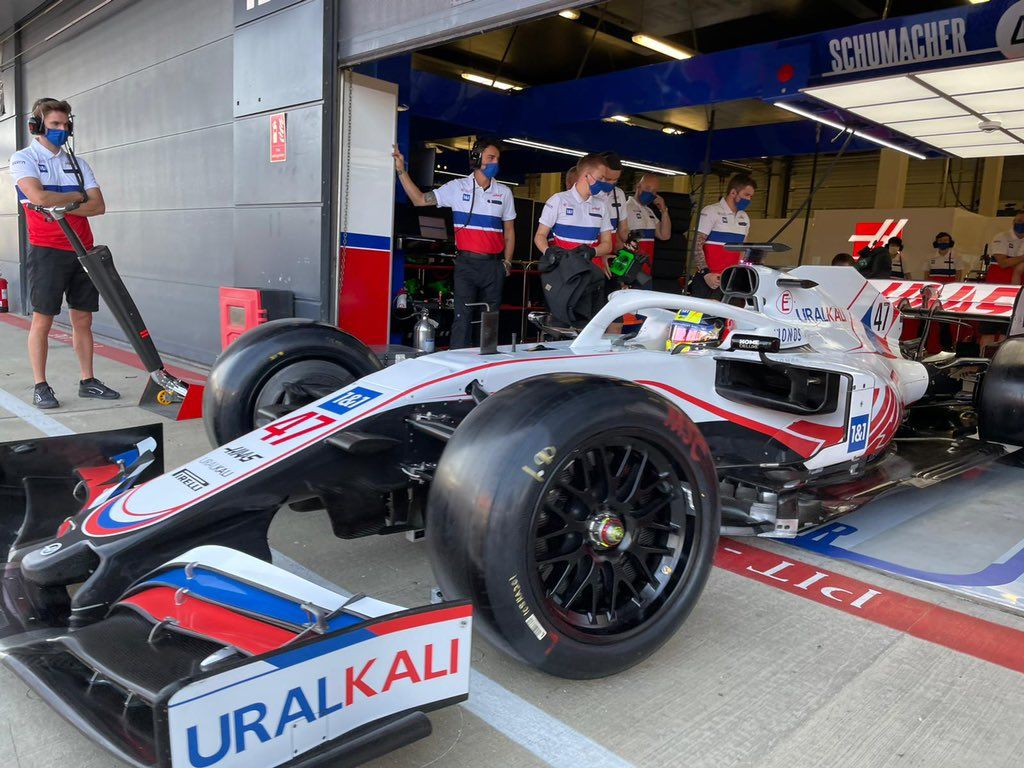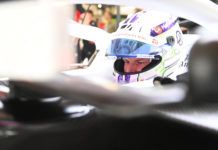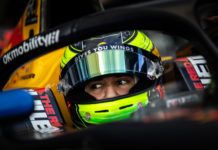Mario Isola talks about the ongoing discussions regarding free tyre choice or Top 10 starting on fastest Q2 lap for 2022 F1 season.
Currently those drivers who get into Q3 and therefore qualify in the Top 10, they must start the race from the tyre they set their fastest lap on in Q2. The FIA and F1 teams are flirting with the idea of scraping this rule and giving teams up and down the grid free tyre choice at the start of the race from 2022 as the current regulation states. There are plenty of pros and cons to the decision and obviously the current system is in place for a reason.
There are deliberation still to keep the current system in place despite the earlier version of Sporting Regulation having been published of free choice for all. The sprint events this year kind of became an indirect trials of free choice, with the Sunday event seeing a free choice. “I believe that in general if with complete freedom to start the race with a compound they are free to choose and we have evidence from Silverstone, for example, there is a general convergence to the same compound,” said Isola when asked by FormulaRapida.net.
As a result of free tyre choice, the teams seemingly head towards a similar strategy with not much variation as per Isola. This creates little strategy excitement and is not good for the show. “So the risk is that, on a long term, we will have all the cars converging to a similar or the same strategy,” he added.
Having the Top 10 start on the tyres they set their fastest lap on in Q2 automatically puts them on a slightly different strategy to those behind and they then have to consider doing Q2 on different compounds. For example, doing Q2 on medium instead of soft, if you have the pace that is. “Having these obligation to use the same tire using Q2, is giving is spicing up a little bit more the race with different strategies,” said Isola.
However, the current system does present a fairly major drawback. “But it’s clear that on the other side sometimes it’s penalising, not the top cars, but the cars that are in P8, P9 or P10,” he continues. “And it’s not nice to see that somebody sometime prefer to be P11 rather than P10. So P11 with a free choice of tyre rather than P10, with the obligation.”
This problem undermines the integrity of qualifying and is why the rule was moved from Q3 to Q2, a few years back, as drivers in Q3 would simply not qualify so they would get free choice. The current system means it is more advantageous to start P11 or P12 with free choice than P10 or P9 with the Q2 restriction, which is a backwards way of thinking.
It’s a tough nut to crack, and something the FIA and Pirelli have struggled to get right over the years, “I’m not sure there is a perfect solution, honestly, but, the current system has some pros,” said Isola. It seems to work well enough, few complain about it but it can always be better and with such drastic change coming in 2022, perhaps it’s time for this to change too. “I know that there is an ongoing discussion across the teams to understand if the, it is the right approach or not,” he added. “For me, currently it is working well.”
Isola would like to see the current system continue as it is the approach that strikes the best balance between maintaining the integrity of qualifying and creating a variety of strategies for the race. It must be said, the current system is quite creative and fairly unique. “In the past, I was not so sure, I have to be honest in the past, I was, almost convinced that removing the rule was better giving more freedom and, encouraging different strategies,” said Isola. “Now I believe that is probably the opposite because it’s pushing all the teams to converge to the same strategy.”
As Silverstone proved, free choice pushes teams towards the same strategy and convergence is not what we want. But since 2022 is all change, could this change as well? “There is an important element to consider for next year,” said Isola. “That everything will be new. So, in that case, the teams will have a lot less data and information compared to this season. And so probably they are going to select different strategies because the amount of information is much lower.
“So, there is a bit more unpredictability, but on a long term, I believe they are going to converge.” Maybe scraping the rule will only work in 2022 before all the data is gathered and eventually convergence occurs. If longer term this is the case, keeping the current system might be the better option, especially if it has the potential to create further unpredictability given so much of what the teams are dealing with is new.
At the start of the season, free tyre choice may create lots of flexibility and varying strategies, but Formula 1 teams adapt quickly. “We have a very long season with more than 20 races, easy that we are in this situation,” said Isola. Convergence may occur quite quickly in 2022 if the rule were to be scraped so it’s an unknown and a decision Pirelli and the FIA cannot afford to take lightly.
Giving teams free tyre choice for 2022:
| Pros | Cons |
| Less data, different strategies | Convergence will eventually occur |
| Those in P8, P9 and P10 do not suffer | Same strategies, less exciting races |
| Maintains integrity of qualifying | Less economical |
There’s a saying, “if it ain’t broke don’t fix it”. Which you could argue runs true here. The current way of doing things work well enough and strikes a balance, Isola is also in favour of it. But there is definitely an argument for giving teams free tyre choice to start the race which hasn’t been done for over a decade now
Maybe it requires a few more trials to see how much convergence really occurs but at the end of the day we want the solution that creates the most mixed strategies, because this is what creates the excitement and unpredictability.
The story is written by Ollie Pattas
Here’s Williams on not running the mule car



















